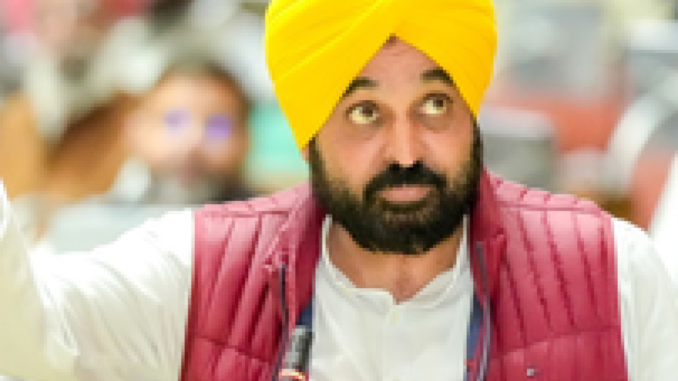
Chandigarh, March 5 (IANS) Punjab Chief Minister Bhagwant Mann on Tuesday hailed the budget 2024-25, presented by Finance Minister Harpal Cheema, describing it as a step forward towards carving out ‘Rangla Punjab’ through inclusive, balanced, and comprehensive development of the state.
In a statement here, he said that the ‘zero-tax’ budget had taken care of all the core sectors i.e. health, education, power, infrastructure, industry, sports, social security, and others, besides pushing the state into the orbit of a high-growth trajectory.
He said this budget will further propel the tempo of overall growth and development of the state besides ensuring the prosperity of all sections of society, especially the poor and underprivileged ones.
Bhagwant Mann said for the first time, the state budget has crossed the figure of Rs 2 lakh crore as the Punjab government has initiated several path-breaking initiatives for public welfare.
He said the tax revenue has been much higher i.e. 13 per cent as against the compound annual growth rate of eight per cent during 2012-17 and six per cent during 2017-22, adding that this shows that delivery depends upon the clarity of thought and determination to convert thought into actions.
The Chief Minister said to bring the farmers out of the rut of the wheat-paddy circle, an allocation of Rs 575 crore has been made in 2024-25 for various crop diversification schemes.
He said the allocation of Rs 9,330 crore in 2024-25 towards power subsidy for agriculture will also ensure the welfare of farmers.
The proposal to construct a new Malwa canal project with an aim to cover approximately 1,78,000 acres, benefiting Bathinda, Faridkot, Ferozepur, and Muktsar districts, will reduce reliance on groundwater and optimise Punjab’s under-utilised share of the Beas-Satluj river water during the Rabi period.
The Chief Minister said for the first time a budgetary outlay of Rs 16,987 crore has been made for the education sector which is around 11.5 per cent of the total expenditure.
–IANS
vg/vd
Leave a Reply